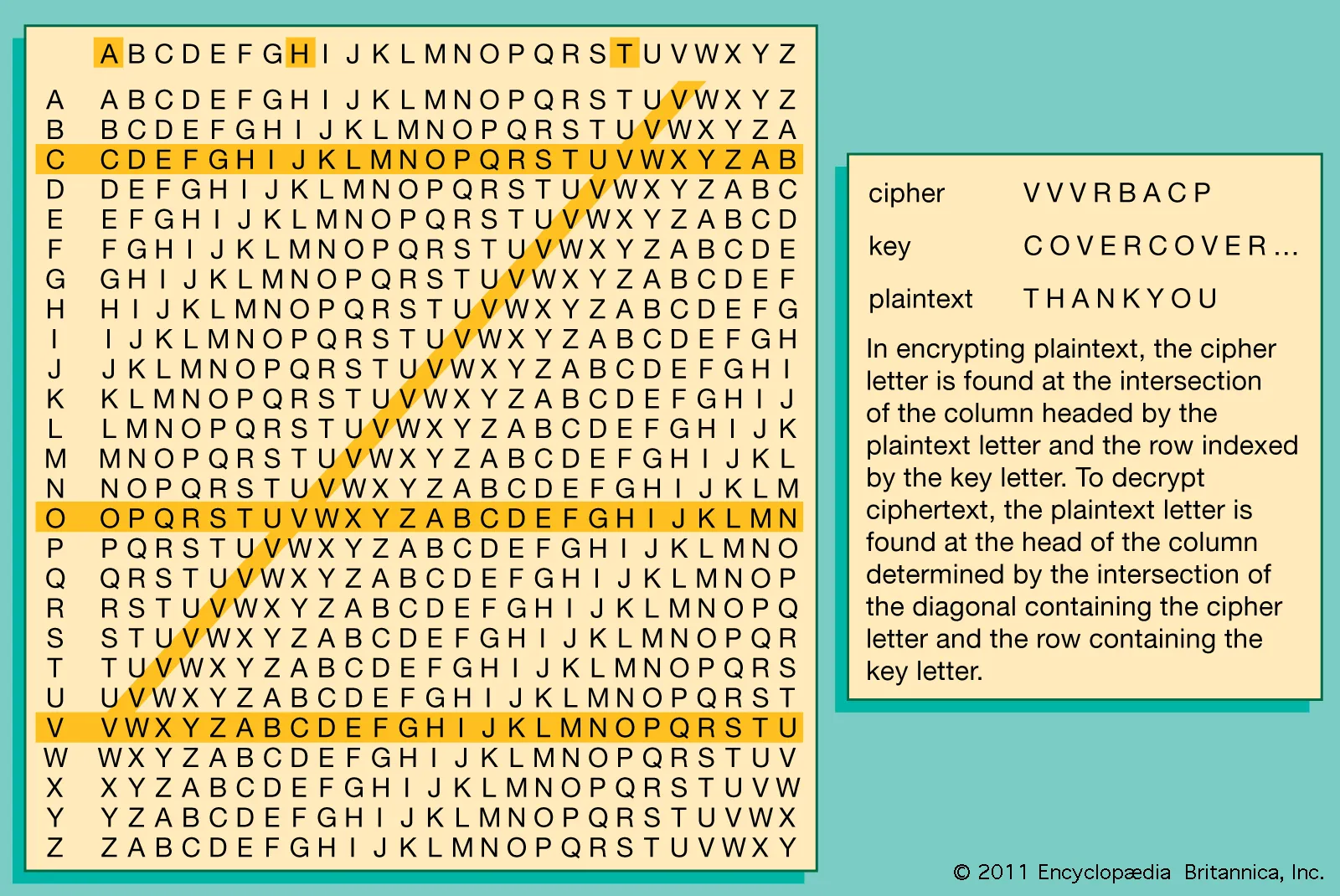Plaintext is any data or information that is not encrypted or rendered secure through other forms of computer security. Plaintext is presented in its original, readable form and is therefore vulnerable to being read by malicious entities. It is the opposite of ciphertext, which is encrypted data that can only be decrypted and understood by the intended recipient.
Plaintext is used in both human and machine readable formats. The most common examples of plaintext for humans is plain English, which is text formatted in standard letters, words, and sentences that is commonly used to construct documents, emails, and other forms of communication. In contrast, machine-readable data can include source code, Unicode characters, HTML commands, and commands used in programming. Plaintext data is interchangeable across different computer platforms, making it an essential component of many computer systems and applications.
For situations where plaintext is not preferred or when high security is desired, encryption can be used to make the data unreadable by unintended recipients. This is done by transforming plaintext into ciphertext, a format of data only understandable by the intended recipient through the use of a special key. Encryption also helps prevent data from being tampered with or modified, providing an additional layer of digital security for sensitive information.
Plaintext is an important component of computer systems and is used across a variety of applications. While it is important to understand the vulnerability of plaintext and its potential for misuse, it is also essential to utilize appropriate security measures when dealing with plaintext data.






